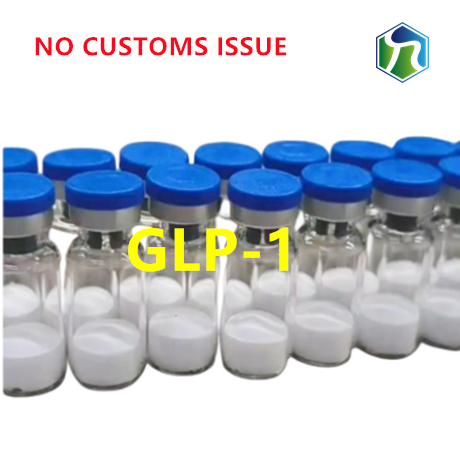
- +86-13363869198
- weimiaohb@126.com

Sep . 23, 2024 22:24 Back to list
Manufacturing Process and Applications of Phthalic Acid in Modern Industries
Phthalic Acid Production An Overview of CAS 88-99-3
Phthalic acid, identified by the chemical Abstracts Service (CAS) number 88-99-3, is an aromatic dicarboxylic acid that holds significant importance in various industrial applications. Primarily used as a precursor in the production of plasticizers, dyes, and resins, phthalic acid plays a pivotal role in enhancing the properties of numerous products. This article explores the manufacturing processes, applications, and the environmental considerations concerning phthalic acid.
Production Methods
Phthalic acid is typically produced through the catalytic oxidation of ortho-xylene or naphthalene. The industrial process involves several steps. Initially, ortho-xylene is oxidized in the presence of air and a catalyst, often vanadium pentoxide, at elevated temperatures. This reaction yields phthalic anhydride, which is subsequently hydrolyzed to yield phthalic acid. The process requires precise control of temperature, pressure, and reactant concentrations to maximize yield and minimize by-products.
Furthermore, advancements in technology have led to more efficient production methods, including the utilization of alternative feedstocks and green chemistry approaches. These innovations aim to reduce waste and energy consumption, addressing the growing demand for sustainable manufacturing practices in the chemical industry.
Applications of Phthalic Acid
The primary application of phthalic acid is in the synthesis of phthalate esters, which are widely used as plasticizers in the production of polyvinyl chloride (PVC) and other polymers. These plasticizers enhance flexibility, durability, and processability, making them essential components in products ranging from flooring materials and wall coverings to automotive interiors and medical devices.
cas 88-99-3 phthalic acid factory

In addition to plasticizers, phthalic acid is utilized in the production of alkyd resins, which are used in paints, varnishes, and coatings due to their excellent adhesion and durability. Moreover, it serves as a key ingredient in the manufacture of various dyes and pigments, contributing to the vibrant colors in textiles, plastics, and paper products.
Environmental Considerations
Despite its widespread industrial use, phthalic acid and its derivatives have come under scrutiny due to potential environmental and health concerns. Certain phthalates have been classified as endocrine disruptors, leading to regulatory measures aimed at limiting their use in consumer products. Consequently, manufacturers are exploring safer alternatives and developing phthalate-free formulations to mitigate risks.
To adhere to environmental regulations, many phthalic acid factories are investing in cleaner production technologies and waste management systems. These initiatives not only enhance compliance with legal standards but also promote sustainability within the industry.
Conclusion
Phthalic acid, with the CAS number 88-99-3, remains a vital compound in numerous industrial applications. From its production methods to its diverse uses, phthalic acid exemplifies the intersection of chemistry and industry. As global awareness of environmental issues increases, the chemical sector must evolve, embracing sustainable practices to ensure that phthalic acid continues to be a valuable resource while minimizing its ecological footprint. Through innovation and regulatory compliance, the future of phthalic acid manufacturing can pave the way for a more sustainable and responsible chemical industry.
-
GS-441524 for White Liquid Factories: Boost Efficiency & Purity
NewsAug.04,2025
-
Premium Pharma Intermediates | AI-Optimized Synthesis
NewsAug.03,2025
-
GS-441524 White Liquid Production for Factories | AI-Optimized
NewsAug.02,2025
-
AI-Optimized CAS: 79099-07-3 Factories for High Yield
NewsAug.01,2025
-
Premium CAS 1451-83-8 Factory with GPT-4 Turbo | AI-Optimized
NewsJul.31,2025
-
Pharmaceutical Intermediates - AI-Optimized Synthesis & Purity
NewsJul.31,2025